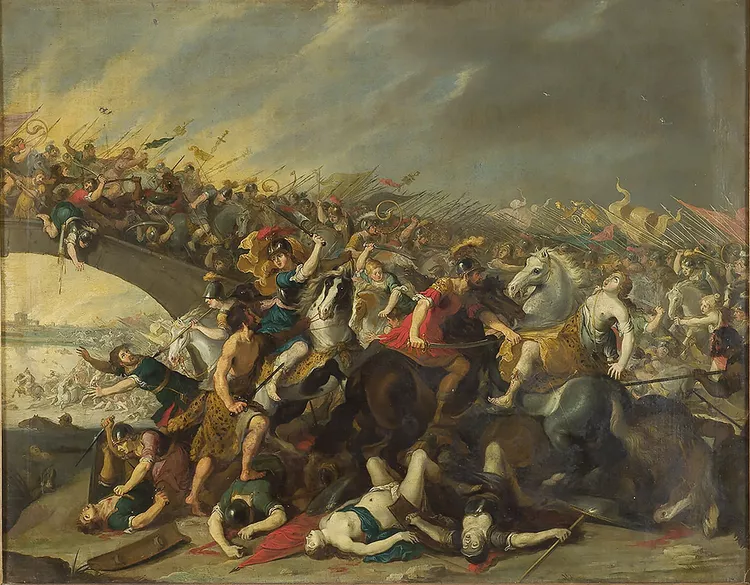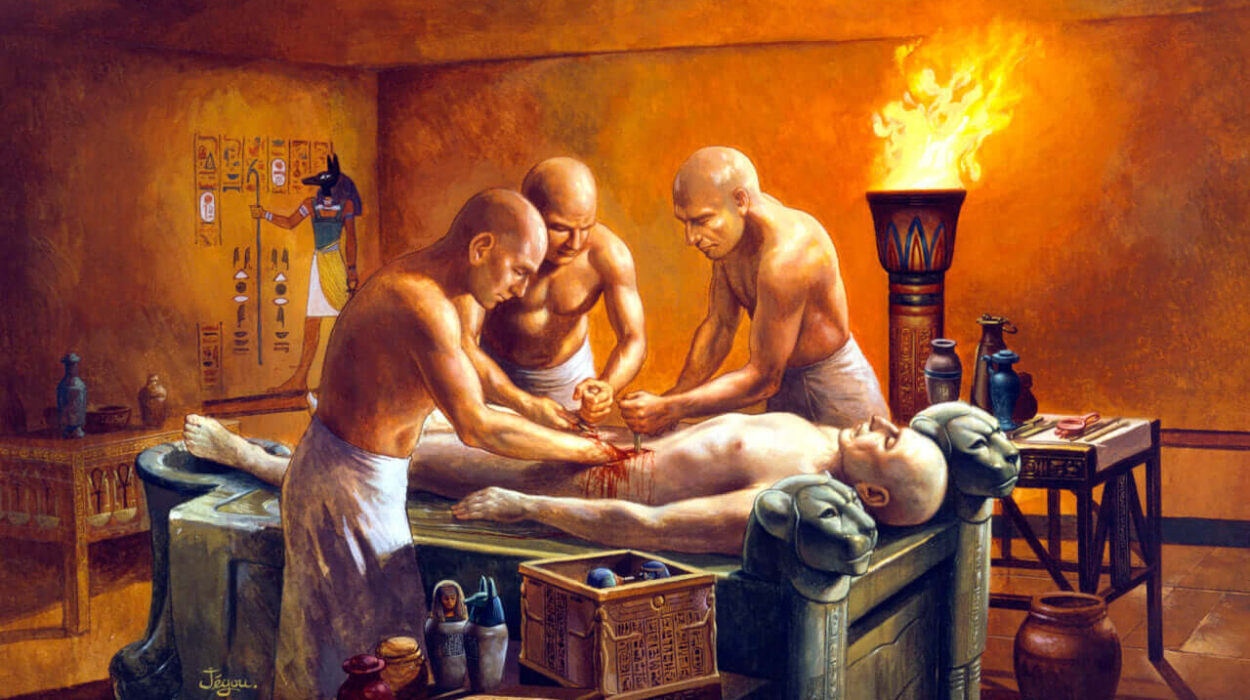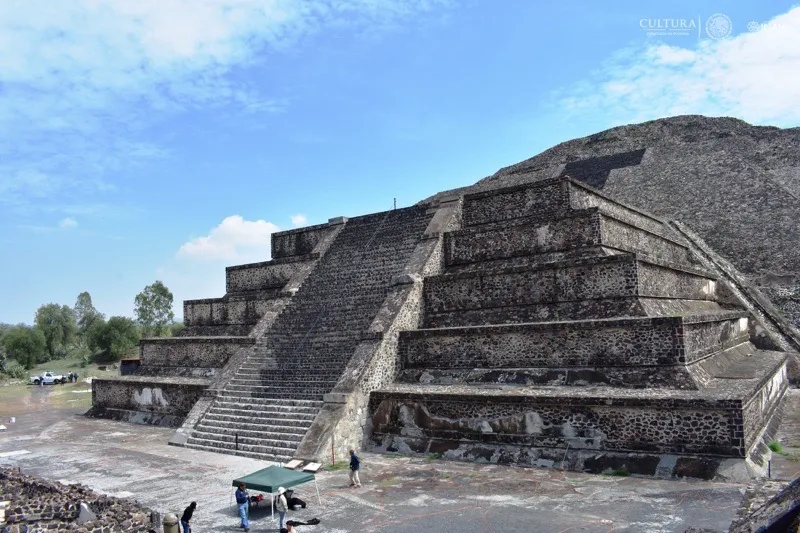The story of the Han dynasty begins more than two thousand years ago, in 206 BCE, when the dust of war still clung to the Chinese landscape. The Qin dynasty, which had unified China for the first time, collapsed under the weight of tyranny and rebellion. In its wake rose a new dynasty that would not only restore stability but also elevate Chinese civilization to dazzling heights. This was the Han dynasty—a dynasty so influential that even today, many Chinese people call themselves the Han people, and their language is known as Hanyu, the language of Han.
The Han dynasty was more than a political power; it was a golden age of art, science, philosophy, and culture. It laid the foundation for institutions that would endure for centuries and defined Chinese identity in ways that still resonate. Stretching over four centuries, the Han dynasty became a model for governance, diplomacy, and intellectual achievement. It is remembered as one of the brightest chapters in the history of humanity.
The Rise of the Han
The dynasty was founded by Liu Bang, later known as Emperor Gaozu of Han. He began his journey as a peasant, an ordinary man caught in the chaos of civil war following the Qin collapse. Unlike the aristocrats and warlords who also vied for power, Liu Bang understood the struggles of the common people. His charisma, political skill, and ability to forge alliances led him to victory over his rival Xiang Yu, establishing the Han dynasty in 206 BCE.
Emperor Gaozu’s rule marked a shift from the harsh authoritarianism of the Qin. While he preserved many of the Qin’s innovations, such as centralized administration and a uniform legal code, he softened their severity. Taxes were reduced, punishments were moderated, and local governance was stabilized. The people, exhausted by war and oppression, welcomed this era of relative peace.
This ability to blend continuity with reform became a hallmark of the Han. They inherited the unifying framework of the Qin but infused it with pragmatism and flexibility, allowing their dynasty to endure far longer than their predecessors.
Governance and the Mandate of Heaven
One of the most remarkable aspects of the Han dynasty was its system of governance. At the heart of its legitimacy was the ancient Chinese concept of the Mandate of Heaven. According to this belief, a ruler’s authority came not from birth alone but from moral virtue and the ability to maintain harmony. If rulers became corrupt or oppressive, they would lose the mandate, and their dynasty would fall.
The Han emperors took this idea seriously, intertwining it with Confucian philosophy. They portrayed themselves as benevolent guardians of their people, ruling with virtue and seeking harmony between heaven, earth, and humanity. Confucian scholars were elevated to positions of influence, and Confucianism itself became the ideological backbone of the dynasty.
A bureaucratic system emerged, staffed by officials chosen through rigorous examinations and recommendations. This civil service, based on merit and knowledge rather than noble birth, created a new class of scholar-officials who would shape Chinese politics for centuries. It was in the Han dynasty that the model of an educated bureaucracy—loyal to the state rather than to aristocratic families—first flourished.
The Age of Emperor Wu: Expansion and Power
If the early Han emperors built stability, Emperor Wu (Han Wudi, 141–87 BCE) expanded power and prestige to unprecedented levels. His reign marked the zenith of Han authority, both domestically and internationally.
Emperor Wu was a visionary ruler, ambitious and relentless. He strengthened the central government, curbing the influence of feudal lords and consolidating imperial power. He also pursued aggressive expansion, sending armies to conquer new territories. Under his leadership, the empire stretched far into Central Asia, Korea, and northern Vietnam, securing borders and creating buffer zones against nomadic invasions.
The most famous of these campaigns were against the Xiongnu, nomadic horsemen who had long threatened China’s northern frontier. Though costly, Emperor Wu’s military efforts eventually weakened the Xiongnu, opening new trade routes across Central Asia.
It was during his reign that the Silk Road began to flourish, linking China with the Middle East and Europe. This vast network of trade carried not only silk but also ideas, technologies, and cultures. The Han dynasty thus became a bridge between East and West, setting the stage for global exchanges that would shape history.
Confucianism and the Han Mind
The Han dynasty was not only about political and military power; it was also a time of profound intellectual and cultural growth. The dynasty embraced Confucianism, a philosophy that emphasized morality, respect for hierarchy, and the importance of education.
Confucius had lived centuries earlier, but it was under the Han that his teachings became state doctrine. Schools were established to teach Confucian classics, and aspiring officials had to master these texts to serve in government. The emphasis on learning created a culture of scholarship that defined Chinese society for generations.
Yet Confucianism was not the only intellectual current. The Han also preserved and integrated ideas from Daoism, with its focus on harmony with nature, and Legalism, with its strict emphasis on law and order. This synthesis of philosophies gave Han governance both moral grounding and practical discipline.
Daily Life in the Han Dynasty
Life during the Han dynasty was shaped by both continuity and innovation. Most people were farmers, working the land to produce grain, vegetables, and livestock. Agriculture formed the backbone of the economy, and innovations such as iron plows and improved irrigation techniques increased productivity.
Cities, however, also flourished. Chang’an, the capital, became one of the largest cities in the world, bustling with merchants, scholars, and officials. Markets overflowed with silk, pottery, spices, and exotic goods brought from distant lands. The wealthy lived in elaborate homes with courtyards and gardens, while artisans and traders thrived in the urban centers.
Family was central to Han society. Filial piety—the respect and obedience children owed to their parents—was considered the highest virtue. Ancestor worship reinforced the bond between the living and the dead, creating a sense of continuity across generations.
Women’s roles were more restricted, but they were not without influence. In elite families, women could wield power behind the scenes, and some, like Empress Lü Zhi, even ruled as regents. In rural households, women contributed significantly to agriculture and household production, weaving cloth and managing family affairs.
Science, Technology, and Innovation
The Han dynasty was a crucible of scientific discovery and technological advancement. Driven by both practical needs and intellectual curiosity, Han thinkers and inventors created tools and ideas that would influence the world for centuries.
Among the most famous achievements was the invention of paper, attributed to Cai Lun in the first century CE. This simple yet revolutionary material transformed communication, record-keeping, and education. Paper spread slowly at first but would eventually reshape civilizations across the globe.
Astronomy flourished as Han scholars observed the heavens, creating detailed star maps and improving calendars. Medicine advanced through the compilation of texts on herbal remedies, acupuncture, and the balance of bodily energies. In engineering, the Han constructed massive canals and roads, linking distant regions and promoting trade.
Perhaps most remarkable was the seismograph invented by Zhang Heng, which could detect distant earthquakes. Such innovations reveal the ingenuity of Han science and its concern with both practical and cosmic order.
Art, Literature, and Culture
The Han dynasty produced a cultural renaissance that echoed through history. In literature, historians like Sima Qian wrote the Records of the Grand Historian, a monumental work that chronicled not only the Han but all of China’s past, setting a standard for historical writing.
Poetry flourished, capturing the beauty of landscapes, the struggles of life, and the ideals of virtue. Calligraphy developed into a refined art form, where the brush became not just a tool of writing but an expression of the soul.
Han art was rich and varied, from intricate bronze vessels and lacquerware to delicate jade carvings and lifelike sculptures. The tombs of Han nobles, filled with exquisite artifacts and painted murals, reveal a world where art was intertwined with daily life and spiritual belief.
The Han also shaped the cosmological worldview of Chinese civilization. Yin and yang, the Five Elements, and the harmony between heaven and earth became central ideas in both philosophy and art, blending aesthetics with metaphysics.
Trade and the Silk Road
No aspect of the Han dynasty better symbolizes its global significance than the Silk Road. This vast trade network stretched thousands of miles, connecting China with Central Asia, Persia, India, and Rome.
Silk was the most coveted export, so prized in Rome that laws were passed to curb its consumption. In return, China received horses, glassware, precious metals, and exotic foods. Alongside goods came ideas—Buddhism entered China along these routes, introducing a new spiritual dimension to Chinese culture.
The Silk Road was more than commerce; it was cultural exchange on an unprecedented scale. It transformed the Han dynasty into a cosmopolitan hub and established China as a key player in the interconnected ancient world.
The Decline of the Han
Despite its greatness, the Han dynasty was not immune to decline. By the first century CE, internal tensions began to erode its strength. Court intrigues, corruption among officials, and power struggles between eunuchs, emperors, and aristocrats weakened governance.
Peasant uprisings, most famously the Yellow Turban Rebellion in 184 CE, revealed deep social unrest. Natural disasters, believed to signal the loss of the Mandate of Heaven, further undermined confidence in the dynasty.
In 220 CE, the last Han emperor abdicated, and the empire fractured into the era of the Three Kingdoms. Though the dynasty ended, its legacy endured, shaping Chinese civilization for millennia.
Legacy of the Han Dynasty
The Han dynasty is remembered as the golden age of China, not because it was free of hardship but because it achieved a balance of power, culture, and innovation that few other eras matched. It institutionalized Confucianism, developed the civil service, and expanded the empire’s influence far beyond its borders.
Its scientific and artistic contributions left an indelible mark, while the Silk Road linked China to the wider world. Even its struggles and failures offered lessons for future dynasties. The very identity of the Chinese people—Han—is a testament to the dynasty’s enduring influence.
The Han dynasty reminds us that greatness is not built on conquest alone but on the flourishing of ideas, the pursuit of knowledge, and the weaving together of diverse peoples and cultures. It is a chapter in history that speaks not only to China but to all humanity, a story of resilience, vision, and the enduring quest to create order and meaning in the world.
Conclusion: The Eternal Han
The Han dynasty was more than an empire; it was a civilization that shaped the destiny of a people and influenced the course of world history. Its emperors built on the foundations of the past while charting new paths for the future. Its scholars, artisans, and inventors illuminated the human spirit with creativity and wisdom.
To speak of the Han dynasty is to speak of a golden age, one that still lives in the identity of over a billion people and in the cultural memory of humanity. Though centuries have passed since its fall, the Han dynasty remains eternal in its legacy—a beacon of what human civilization can achieve when vision, wisdom, and resilience come together.






